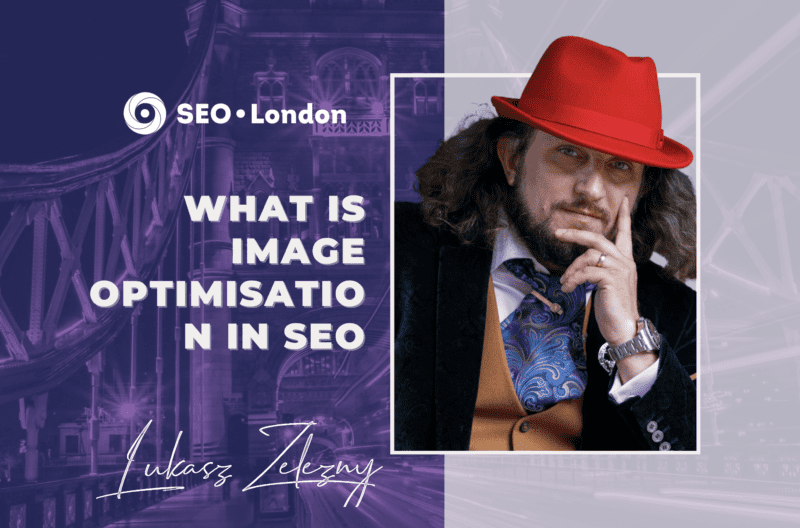Images are of crucial importance when one wants to present attractive, engaging, and accessible content to their users online. They are also very important in SEO. If you want to be successful in an online business, image optimization is important to master. How you present your products online will determine your success or failure as a business person. Today, this article will learn so much about image optimization, which will help you excel in SEO.
Image optimization refers to the art of reducing the size of your image files without compromising their quality. This is done to increase the engagement with your visitors online and also reduce the page loading time. Image optimization also involves the correct labelling of these images so that the crawlers can read and understand the context of these pages. Images are known to occupy way more bytes than any other content on the website. Therefore, their size and how complex they are greatly influence the performance of the site.
What is the importance of image optimization?
Images in an online business may well be considered to be the most important element. They provide your visitors with a clear picture of what products you sell or what your site is all about. When it comes to SEO, websites containing images have been noted to attract way more traffic than those with pure text. This will be way more beneficial if you have optimized your images well. The following are some of the benefits of image optimization:
- Image optimization provides search engines with crucial information contextually.
- Images that are optimized also make it easy for the pages to load faster. You have a high risk of losing people visiting your sites if your pages take way too much time to load compared to those of your competitors.
- When your images are optimized, your website’s search results rank much higher. The search engines crawling and ranking your images in your site will take much more time if you have larger images, hence slow down your site, and when the search engines note this, your ranking on the SERP also goes low.
- It is also obvious that images that are of smaller sizes consume less bandwidth.
- They take less space on your server.
How to do image optimization in SEO?
For many writers, be it that you’re writing articles in a magazine or you’re a blogger, you have found yourself wondering whether your work needs an image or not. The answer to this is nothing less than a Yes. We have seen earlier how important images are to the website, bringing everything to life and improving the website’s SEO. Here is how to optimize your images when you use them on your pages:
- Select an image that is relevant to the text you have written. Always try to as much as possible use original images: ones you have taken yourself. An image relevant to the text written always ranks better on what keyword it has been optimized for.
- Select a good name for your image. It is always important to let google be aware of what the image is without focusing on it. Ensure that the name you use for the image is the key phrase that the article focuses on. It is good to use the main subject of your photo and the article at the beginning of the file name.
- Select the correct format. The dimensions of the image must match the displayed image size.
- Make use of responsive images. Whenever possible, always use srcset. This allows for serving different images per screen width, which is very useful for mobile devices.
- Reduce the size of the file. This allows for faster loading.
- Include a caption on the images. This makes it easier to scan the pages.
- Use the image alt text. This makes it possible for there to be a descriptive text in place, in the case for any reason; the visitor cannot view the image.
What is the best image size for SEO?
Website images call for one to strike a balance between the image resolution and its size. Images with higher resolution tend to be of larger sizes as well. Optimally speaking, the images covering full background or generally large images should not exceed 1MB. Most of the other website graphics could be 300KB, or even less would do. If you are using a background with a full-screen image, it is recommended that the image be 2000 pixels wide.
Which image format is best for SEO?
The most important thing you can ever do before you upload any images on your site is to ensure you have suitable types of files. It may seem challenging to decode all the different images, especially if you’re doing it for the first time, but everything starts to feel normal once you get used to it.
There exist many different formats that you can select from. However, the most common ones in the websites are the PNG and the JPEG. In comparison, PNG has better quality images; the only issue with this is that the image files come in large sizes.
On the other hand, JPEG produces images that are of lower quality. It, however, allows you to adjust the levels of quality until you find a good balance that you can work with.
Do images help SEO?
You may be asking yourself whether it is necessary for you to go through all these troubles, whether having images on your site will have any gains in your SEO. The answer is simple: including images in your website makes it easier for your visitors to understand your content. It also makes your pages look more exciting and livelier. With this, you will be able to engage your visitors more, and they will have ease of accessibility to your work, which only means increased value on your SEO.
It is crucial to find and use the right images on your website to ensure that it all amounts to success. Image optimization is a critical factor that will ensure your images are fruitful in increasing your SEO.
 Published in: August 2021
Published in: August 2021
Last Updated in 2022-12-28T11:27:18+00:00 by Lukasz Zelezny



